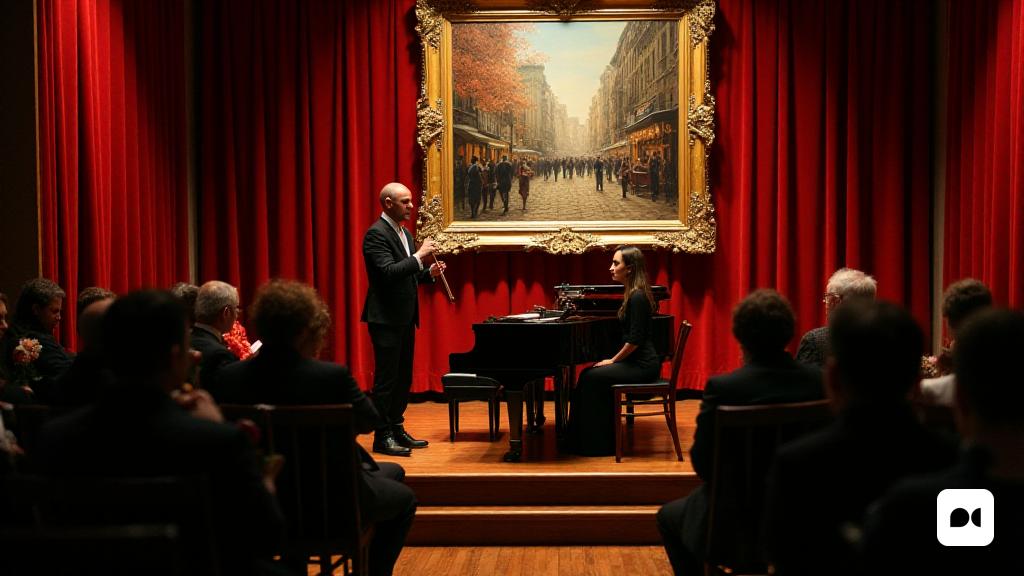A musical journey to Paris
The story of music is often narrated as a linear story, with centuries that follow one another as chapters of a book. However, among these chapters are spaces for innovation and creativity that deserve to be explored. At the end of the 19th and early 20th centuries, Paris became a nucleus of musical originality where composers and composers challenged the conventions of the time. Instead of the long symphonies, they opted for more accessible forms, reflecting a unique French essence.
A Memorable Concert
The concert ‘Paris between two centuries’, which took place on March 27 at the Sarrià Theater, was a tribute to this rich musical heritage. With the interpretation of the flutist Slovak Boris Bizjak and the pianist Maria Canyigueral, the program included works that have become pillars of the flute repertoire, such as the famous’ Fantasy Op. 79 ‘by Gabriel Fauré, one of the first highlights of the evening.
Claiming female voices
Music journalist Xavier Chavarría began the evening with a reflection on the need to give visibility to composers like Francis Poulenc, who may not be as recognized as Fauré. But the most interesting is the rediscovery of figures like Cécile Chaminade, who used the initials ‘C.’ To hide its genre, or honey Bonis, which composed more than 300 works while maintaining a low profile. This concert was an opportunity to vindicate its legacy and its impact on music.
An intimate and emotional concert
The combination of the wooden flute with a twentieth -century repertoire brought a special warmth to music. The interpretation of Bizjak and Canyigueral created a family and cozy atmosphere, although the space failed to fill. Despite the lack of audience, the quality of music was indisputable, with pieces that demanded virtuosity and sensitivity, such as André Jolivet’s ‘Chant of Linos’, which left a deep imprint.
Final reflections
Attending concerts like this is a reminder of the power of music to play the deepest emotions. The connection between the musicians and the works they perform creates an experience that goes beyond the simple aesthetic enjoyment. Music, at its best, is a vehicle for introspection and commotion, and the March 27 concert was a brilliant example of this.

